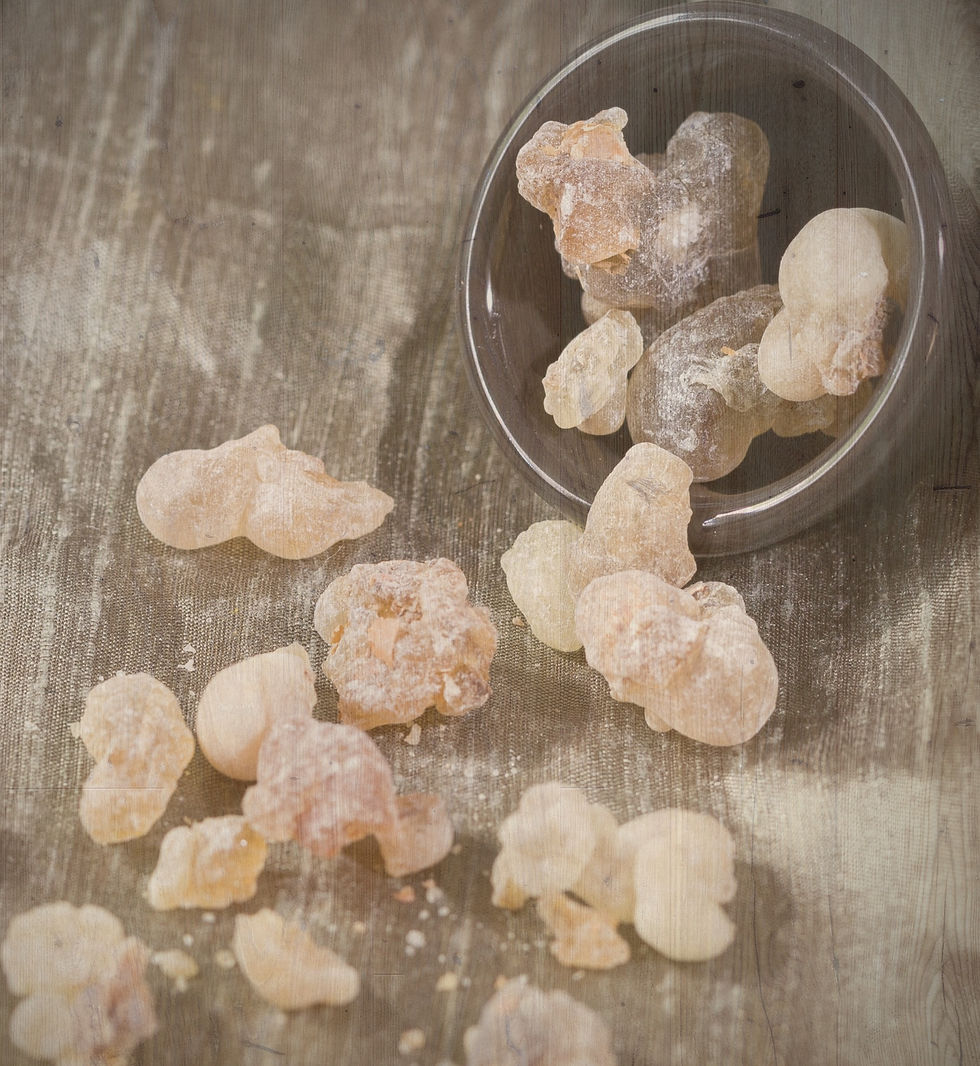
If you are unfamiliar with liniments, these herb-infused alcohol solutions are potent allies in natural pain relief. Designed for topical use, liniments offer targeted relief for a variety of discomforts, from sore muscles to arthritis. In this guide, we'll explore how to create your own customizable natural liniments using simple ingredients and traditional recipes.
Liniments are herbal tinctures intended for topical use, renowned for their rapid absorption and quick-acting relief. They're formulated to enhance circulation and alleviate pain, making them invaluable for addressing conditions like arthritis, bruises, strains, and muscular discomforts.
Crafting a Liniment
Creating a liniment is a straightforward process that begins with selecting your preferred herbs and alcohol base. Here's a basic recipe to get you started:
Fill a jar about 1/3 to 1/2 way with dried or chopped fresh herbs. Cover the herbs with 70% rubbing alcohol, or vodka (or higher-proof alcohol if needed) until the jar is almost filled. Stir well and cover with a non-metallic cap.
The beauty of crafting your liniment lies in its versatility. You can tailor your blend to suit your specific needs by incorporating warming or cooling herbs. Warming herbs are helpful for pain and stiffness reduction as they stimulate circulation, similar to using a heating pad. Cooling herbs help to reduce inflammation, similar to using an ice pack.
Some great herbs to consider are
Calendula is antimicrobial and helps reduce varicose veins
Cayenne is a counter-irritant that helps to decrease pain. Cayenne is warming, but be sure to use small amounts to avoid skin burning your skin.
Comfrey is a fabulous option for bruises, sprains, and bone and joint injuries. Do not use it on open wounds.
Juniper berries create a warming sensation and help improve circulation.
Lavender calms and cools irritated skin.
Purple dead nettle helps reduce pain and inflammation and is antimicrobial.
Rosemary relieves joint pain by improving circulation.
Wild lettuce when infused as a fresh herb is a great pain reliever.
Resins
Resins are also a great option for making liniments. Resins do need to be processed slightly differently than herbaceous herbs. It is most effective to powder the resin first, and you may find it helpful to freeze the resin to do this. You can either use a mortar and pestle to grind the resin or use a dedicated coffee grinder. Place your powdered resin into your jar, filling up the jar about 1/5 to 1/4 of the way. Pour the alcohol into the jar making sure that the plant material is completely covered, but leave about 1 inch of head space.
Fir resin has antimicrobial, antiseptic, and anti-inflammatory properties soothing achy muscles.
Frankincense
Myrrh has calming effects and has been used traditionally to relieve arthritic pain and joint pains.
Pine resin is antimicrobial, has anti-inflammatory effects, and relieves pain related to arthritis and rheumatics.
Spruce resin is antimicrobial, antiseptic, and has anti-inflammatory effects and relieves pain.
Jethro Kloss, an herbalist from the late 1800s- early 1900s, had a trusted liniment recipe that is still used by herbalists today. His liniment is recommended for sprains, bruises, pains, splinters, headaches, warts, and poison oak or ivy relief.
1 quart 70 percent rubbing alcohol
2 ounces powdered myrrh
1 ounce powdered goldenseal
½ ounce powdered cayenne pepper Put all ingredients together in a jar, cover, and let stand for at least seven days. Shake it periodically. After infusing, decant and bottle with a label. Be sure to include “For external use only” on the label. Feel free to use vodka in place of rubbing alcohol. Goldenseal is an endangered species, so it is advisable to substitute it with California poppy root, Oregon grape root, or prickly ash, all of which also contain berberine, which is one of the major active constituents of goldenseal.
Affiliate Link Disclosure: Some links on this site are affiliate links. As an Aromatics International Associate, I may earn a small commission from qualifying purchases, at no cost to you. Your support through these links helps keep this site running. |
Pine Resin Liniment
I don't know about you, but I have some serious stiffness in my hands during the cold months, so I have created a recipe to bring some ease to my achy old-lady hands.
1 pint 190 proof alcohol
1 oz powdered pinyon pine resin
1/2 oz powdered myrrh
1/4 oz powdered cayenne pepper
optional: juniper berry or black pepper essential oil, 10 drops per 30ml (1oz) of final blend Personally, I enjoy blending my liniments 50:50 with oil to bring some moisturizing and additional herbal benefits. I will probably blend 1 oz of this liniment with 1 oz of purple dead nettle-infused olive oil. I cannot wait to try this recipe.

With a basic understanding of liniments and a dash of creativity, you can craft personalized remedies for pain relief and relaxation. I encourage you to explore the transformative potential of resin-infused liniments. Beyond their aromatic allure, resins offer a treasure trove of therapeutic benefits, from soothing achy muscles to calming inflammation. Go, create potent liniments that not only ease discomfort but also nurture your body.





Comments